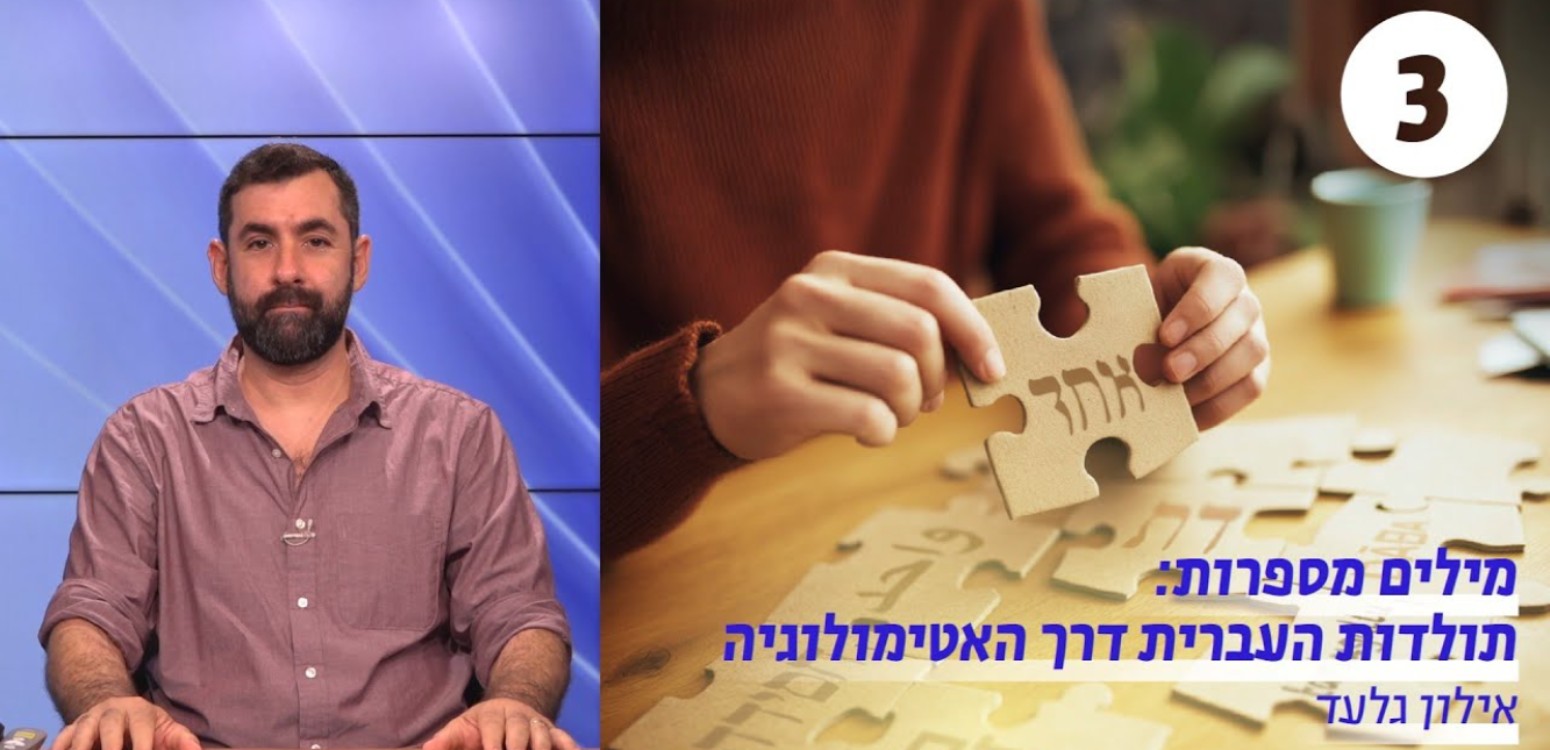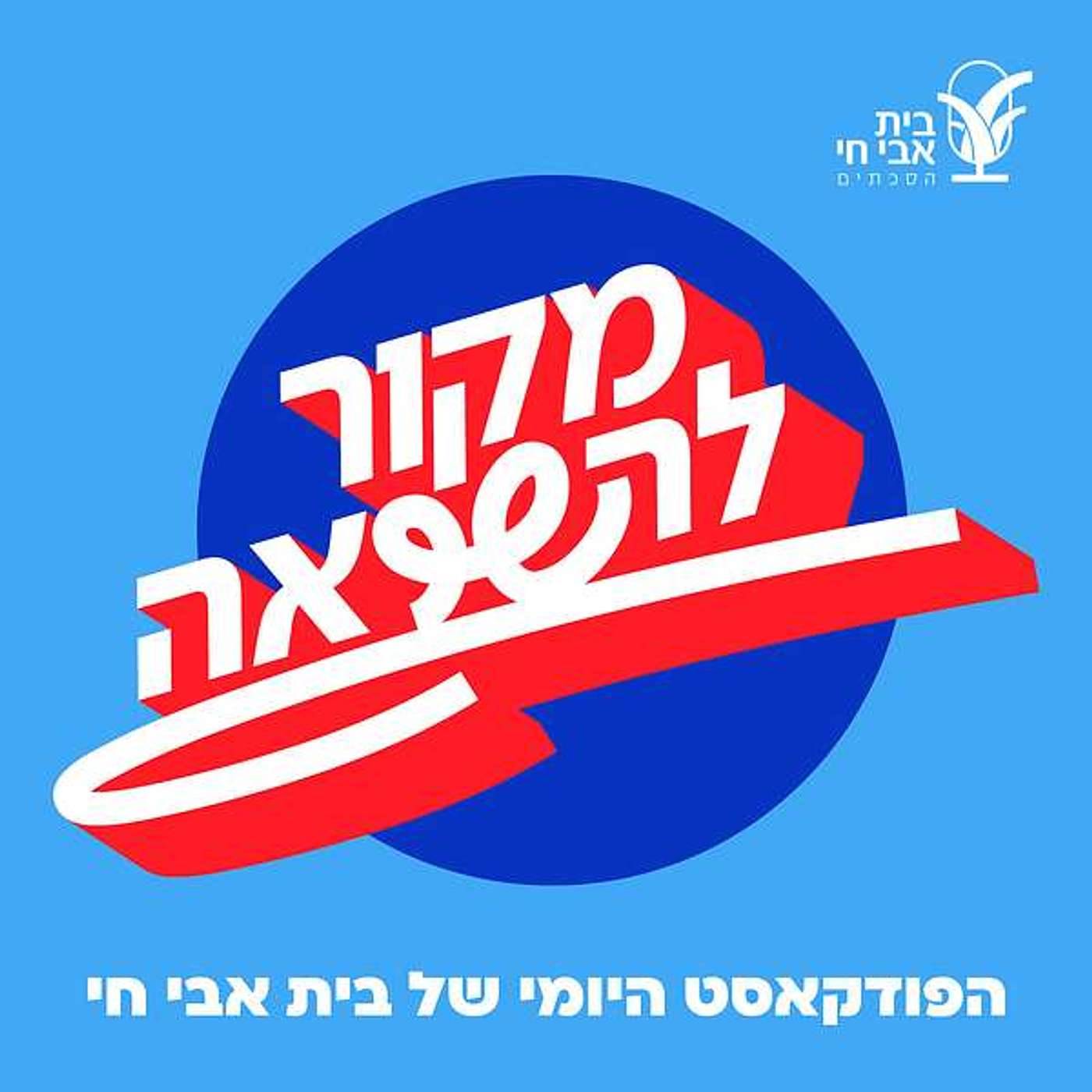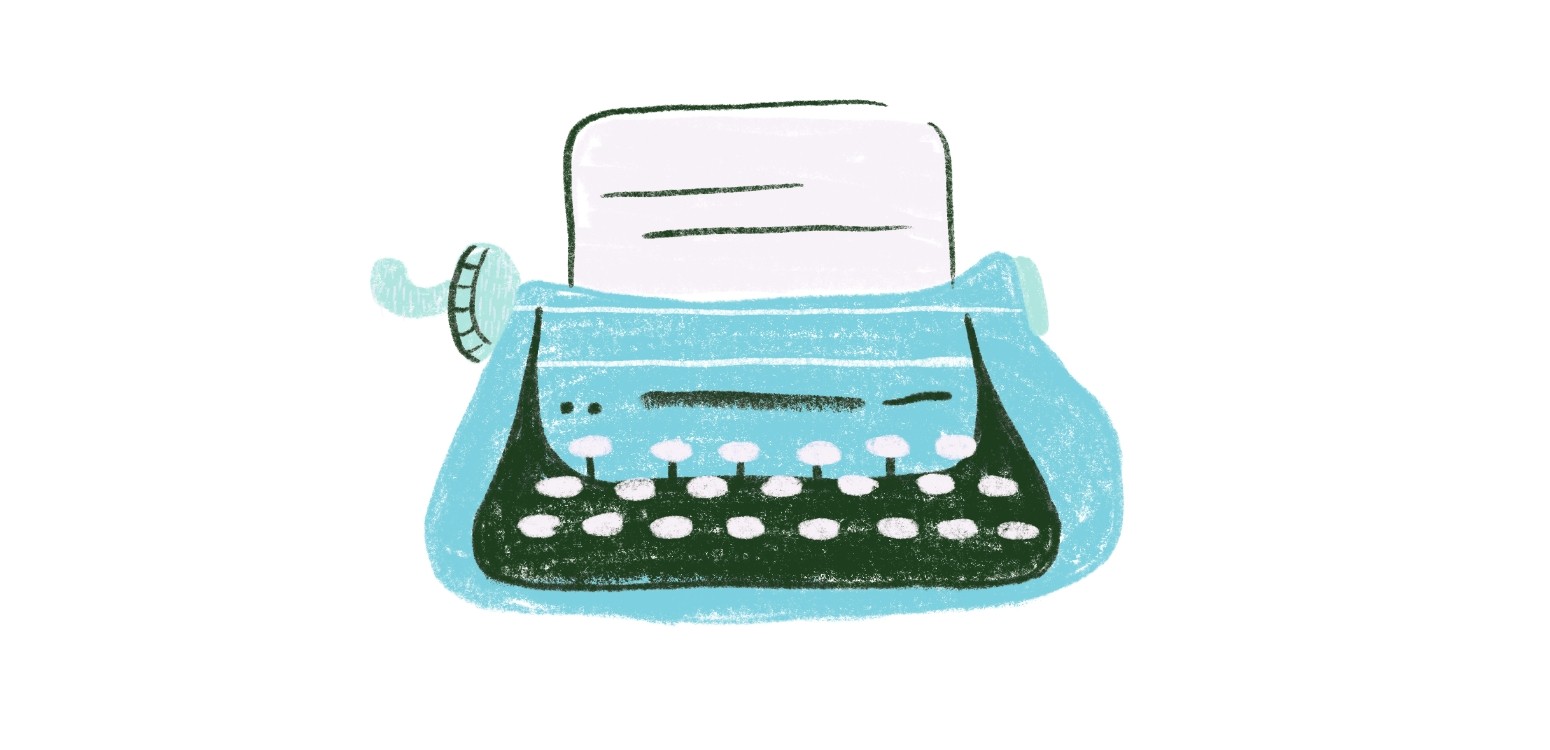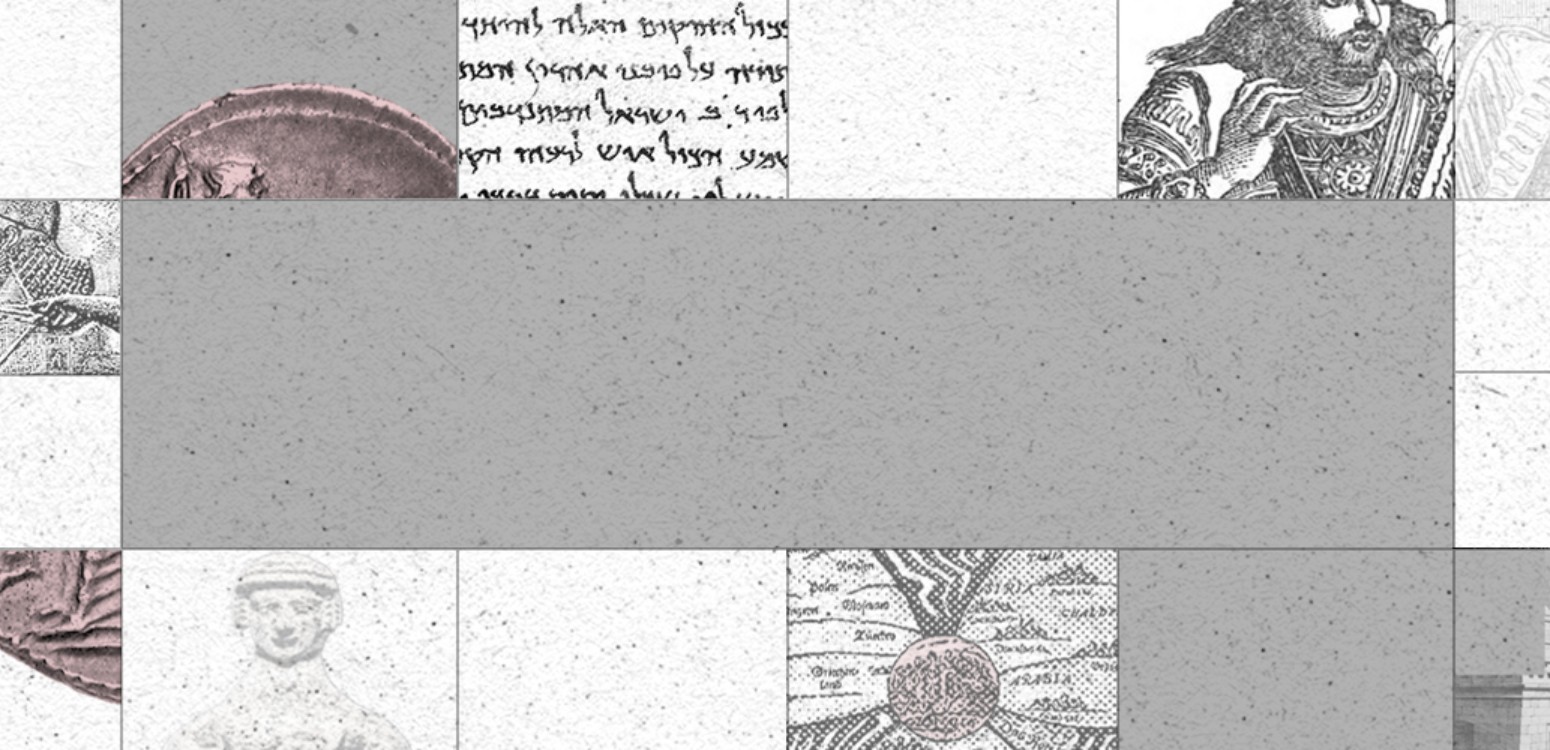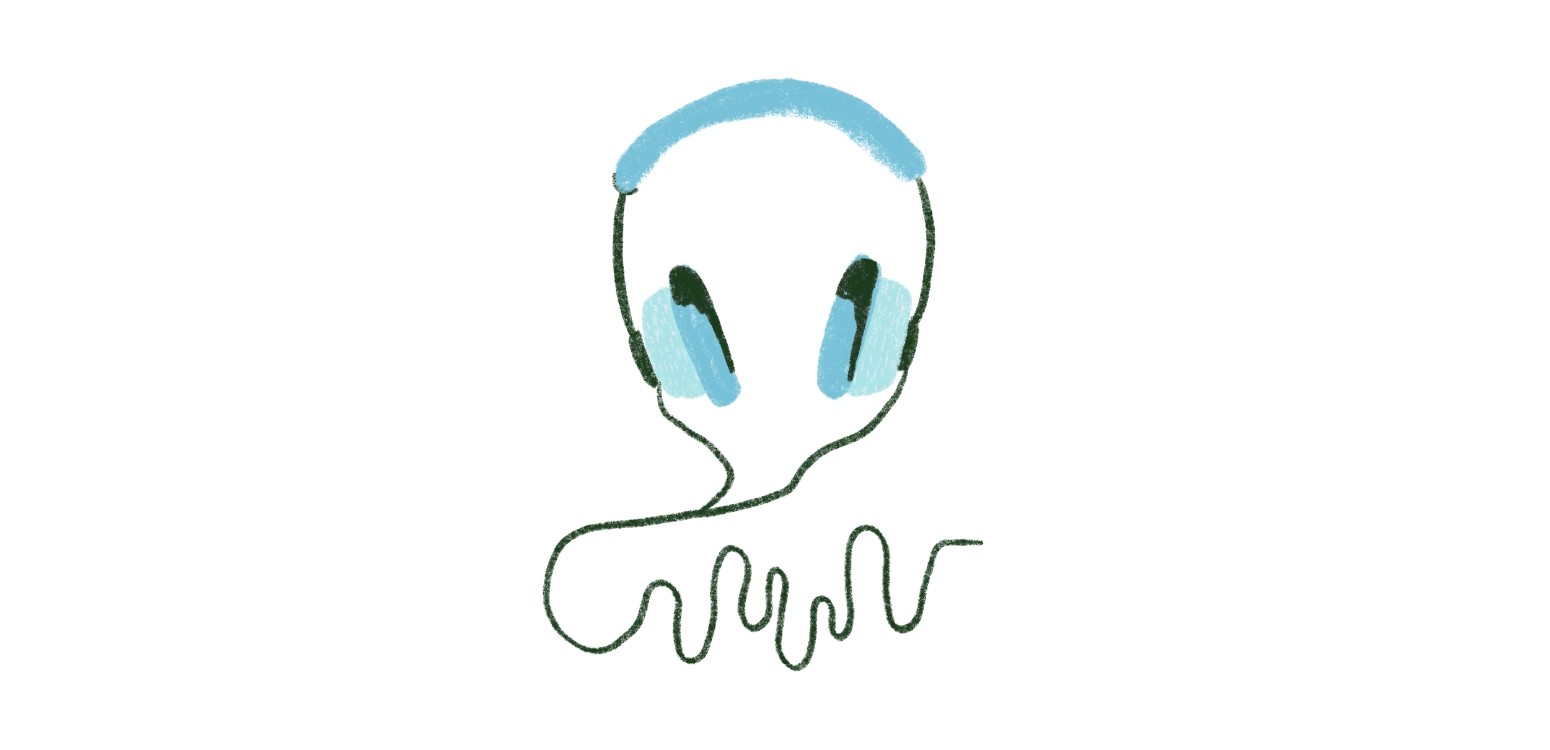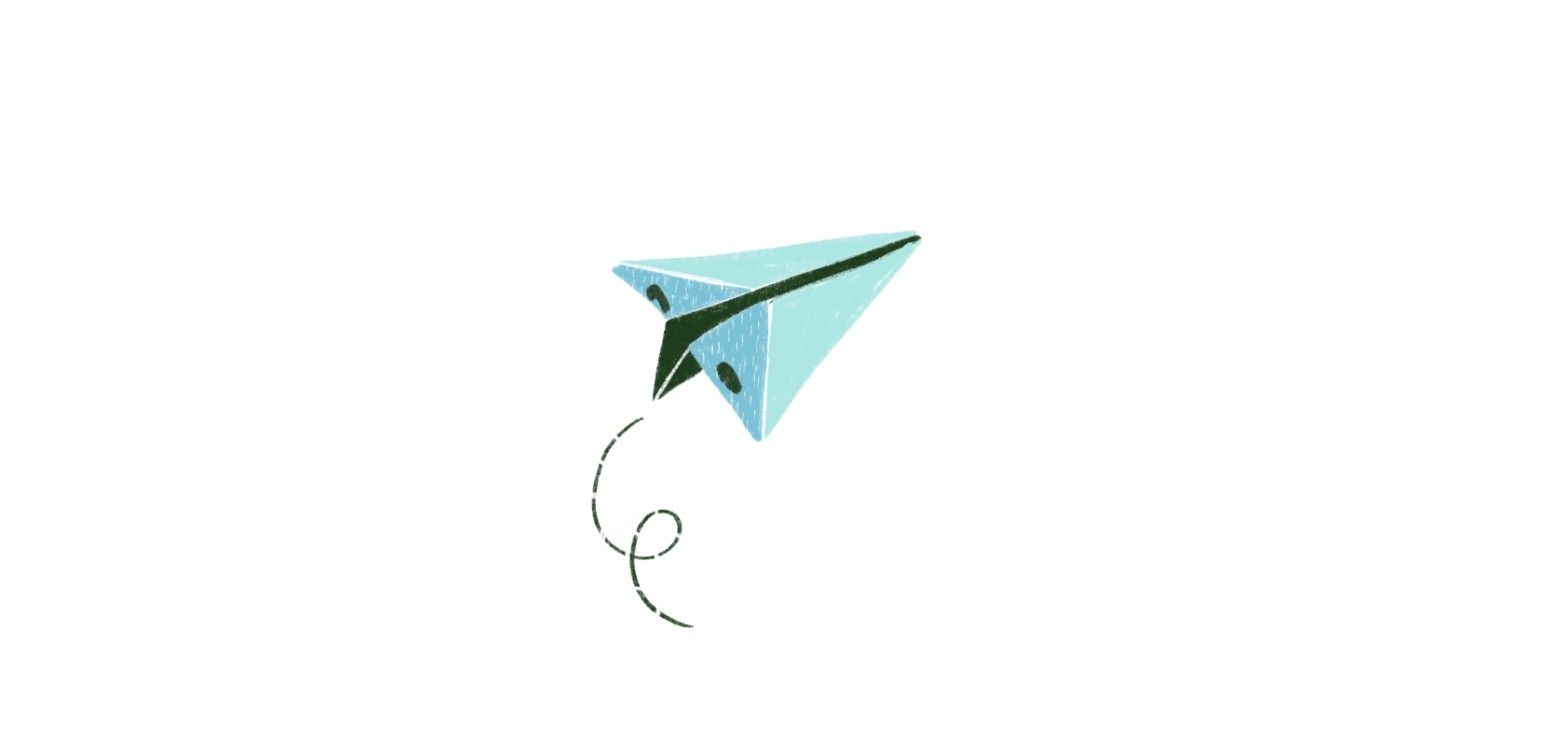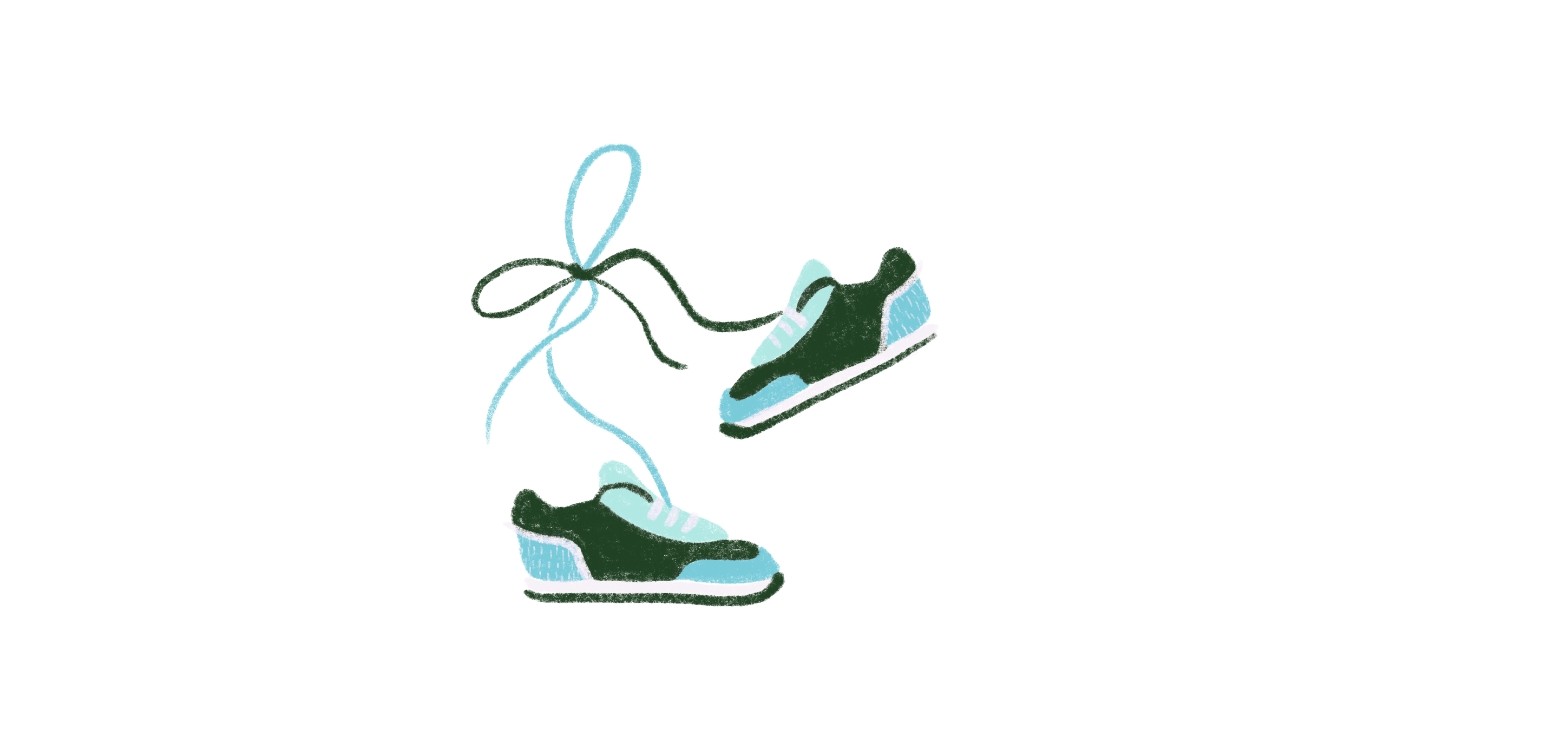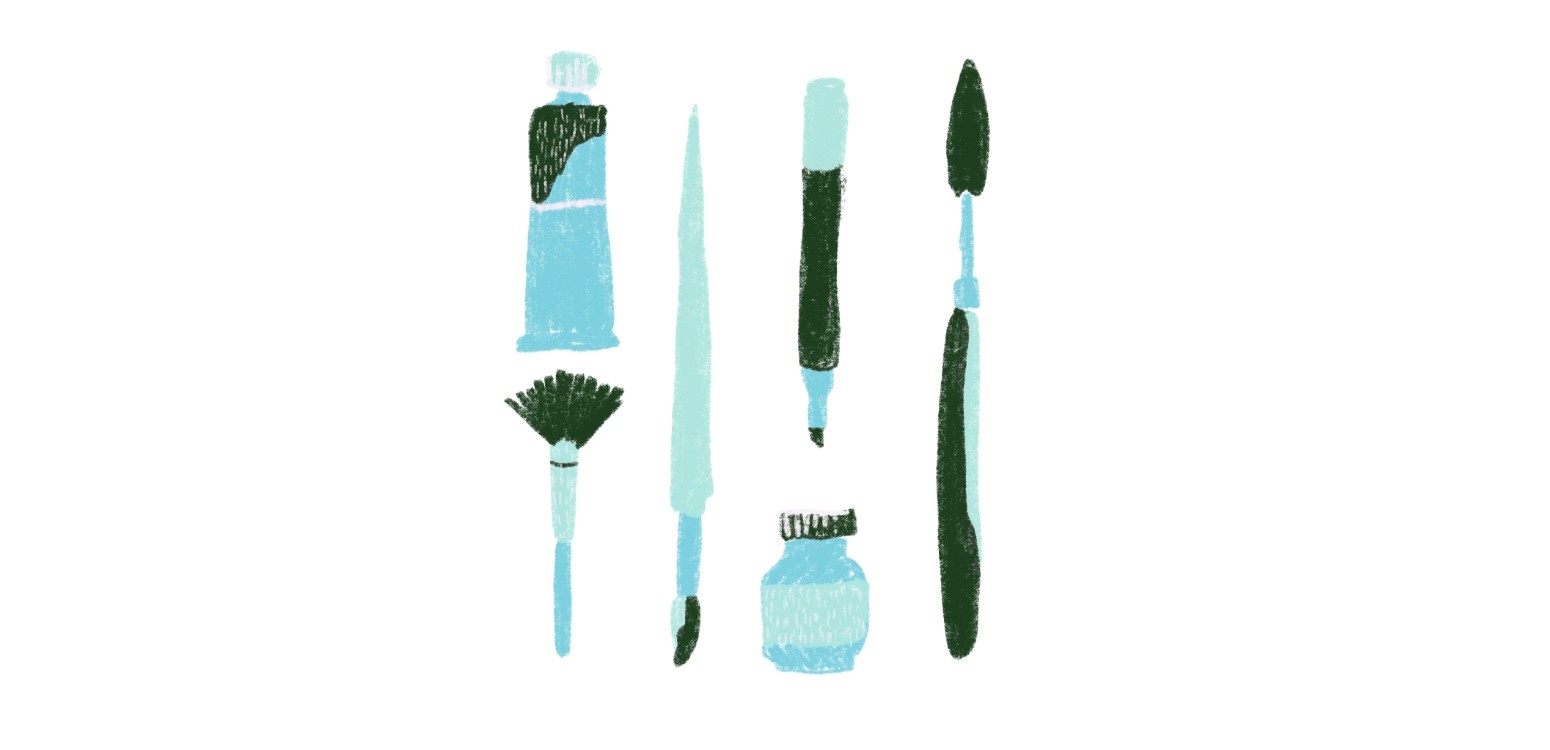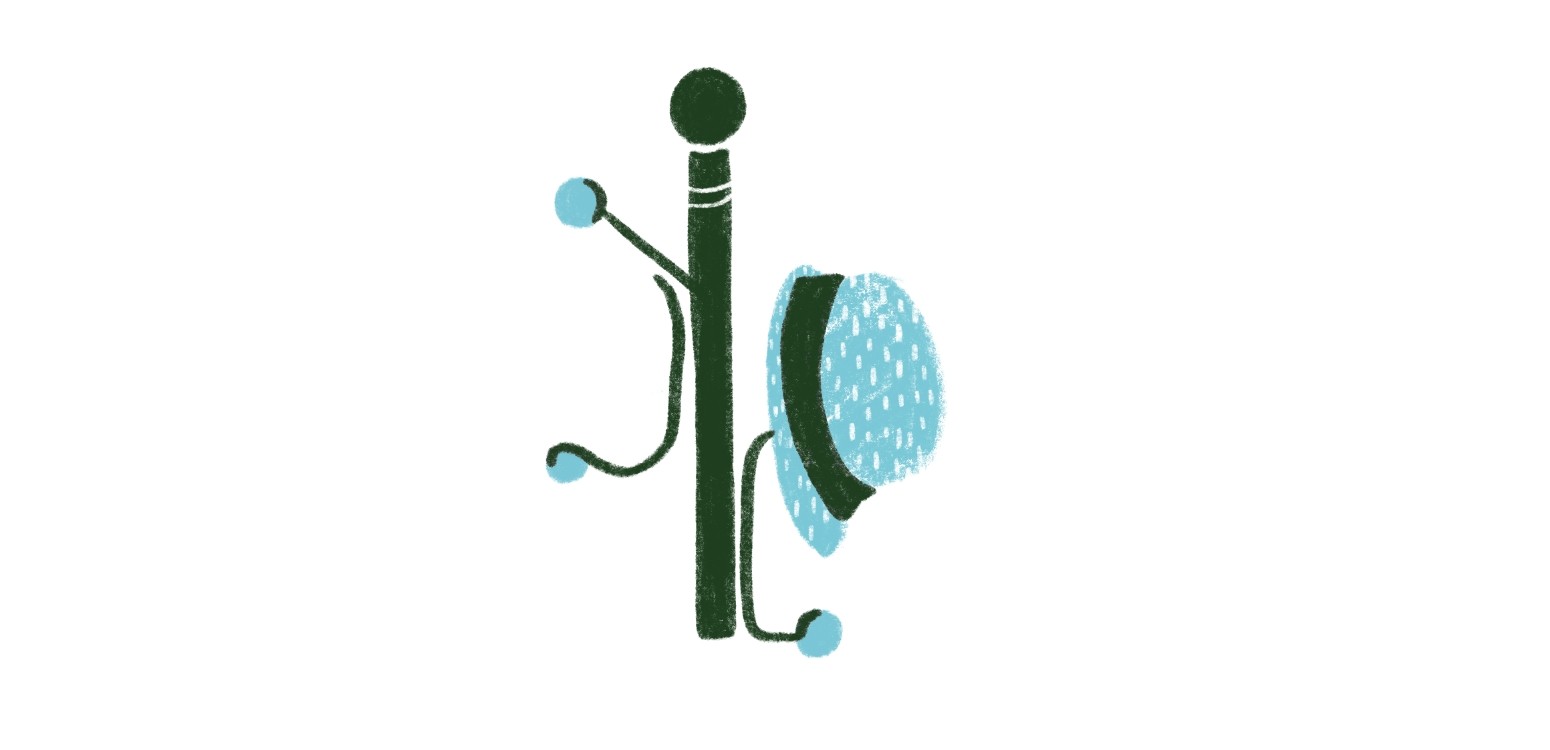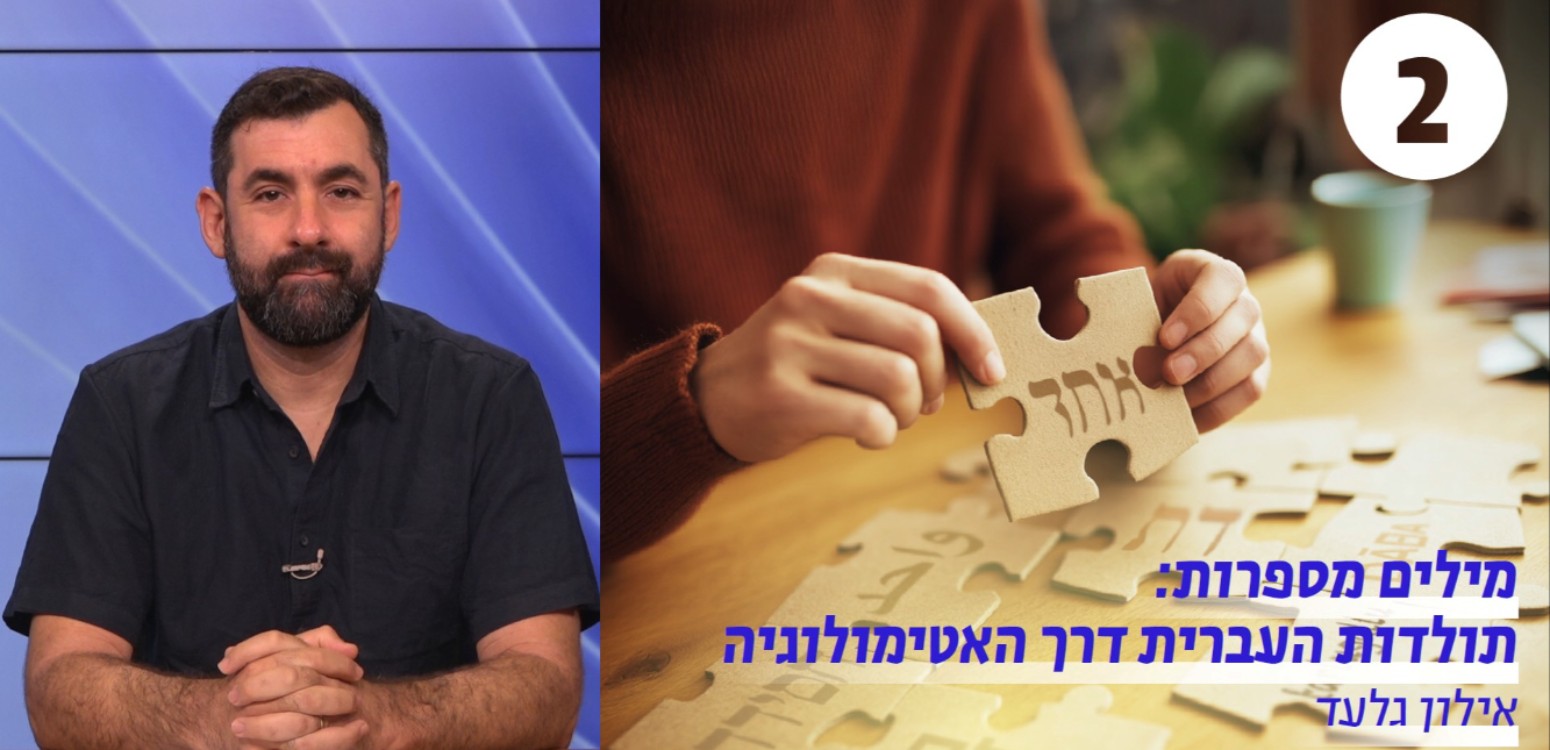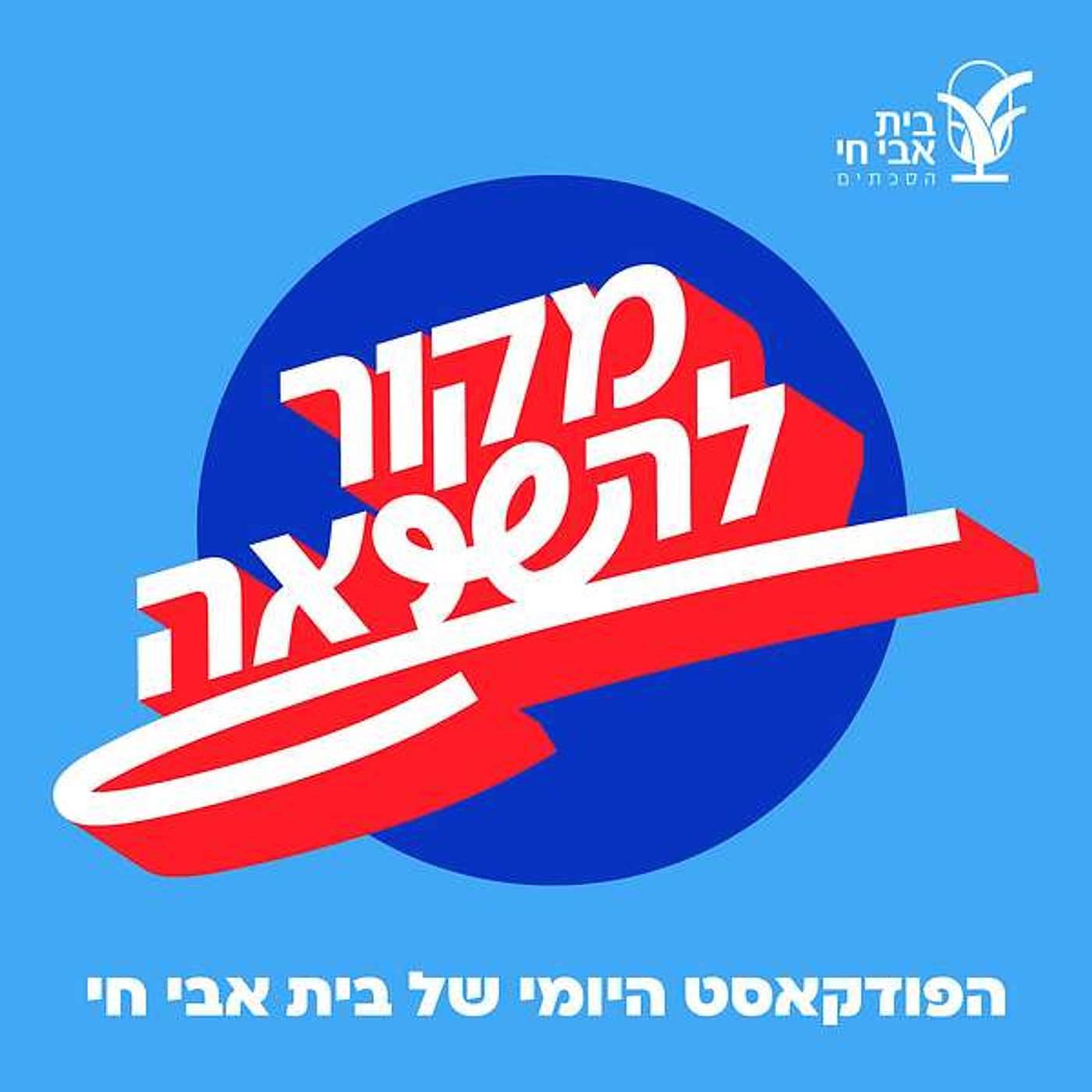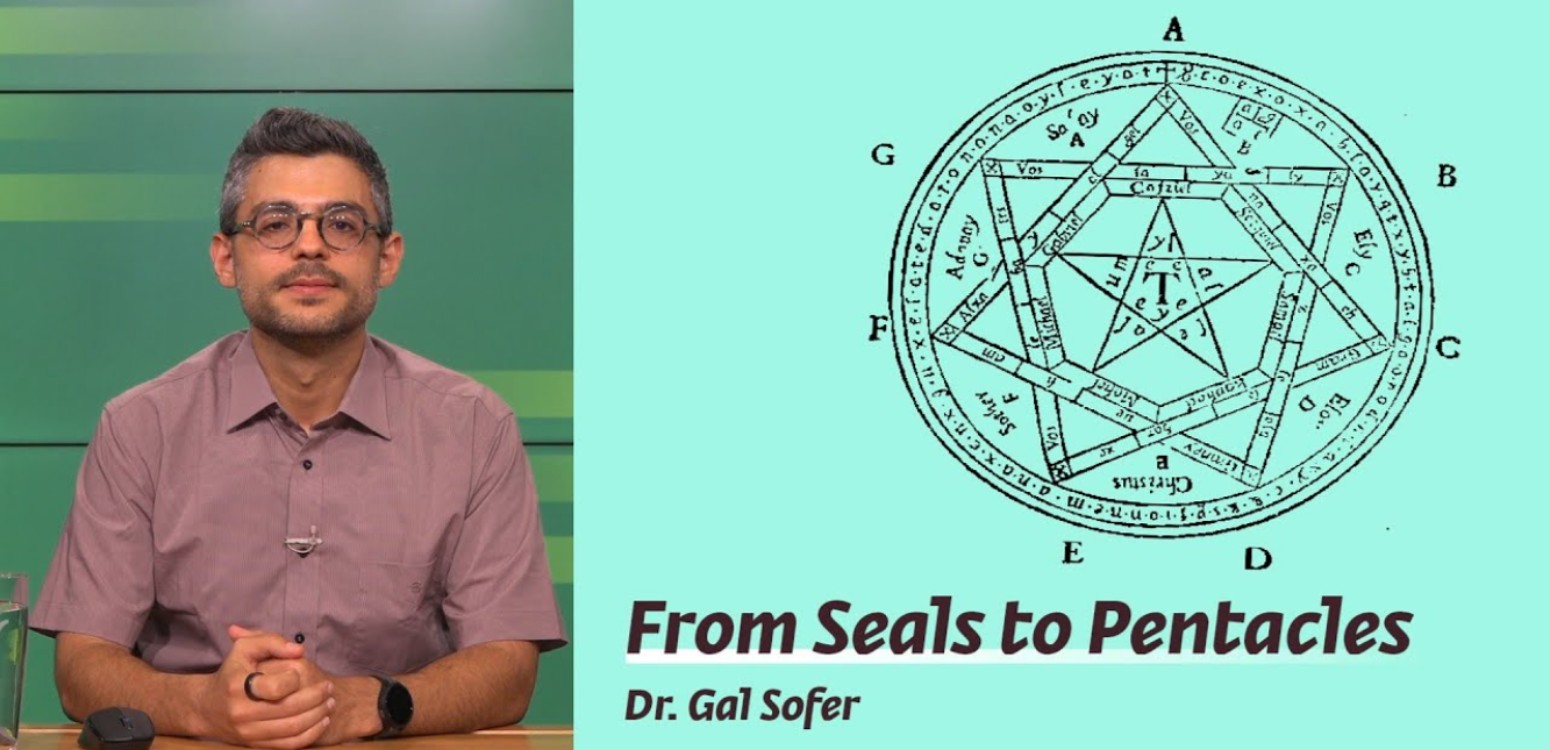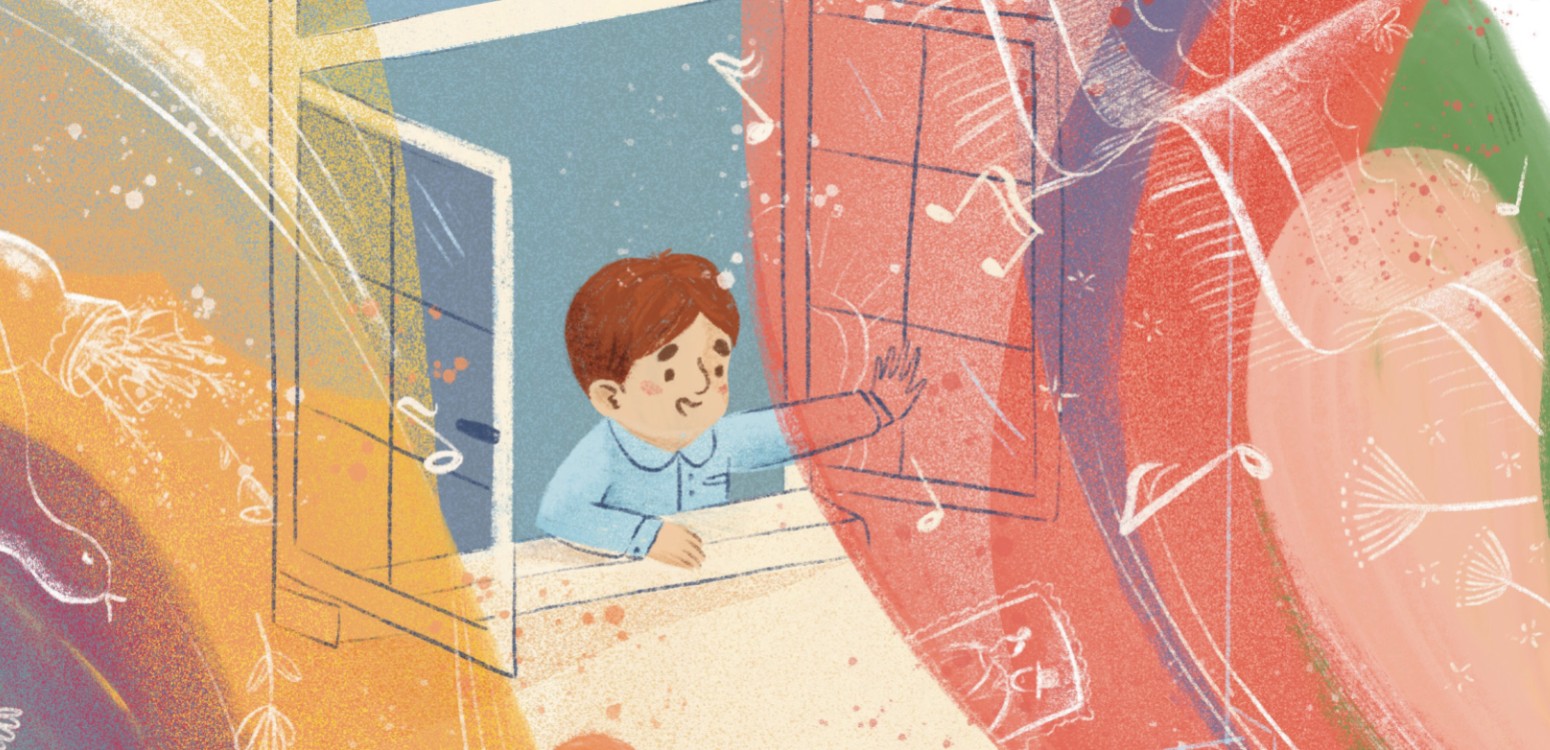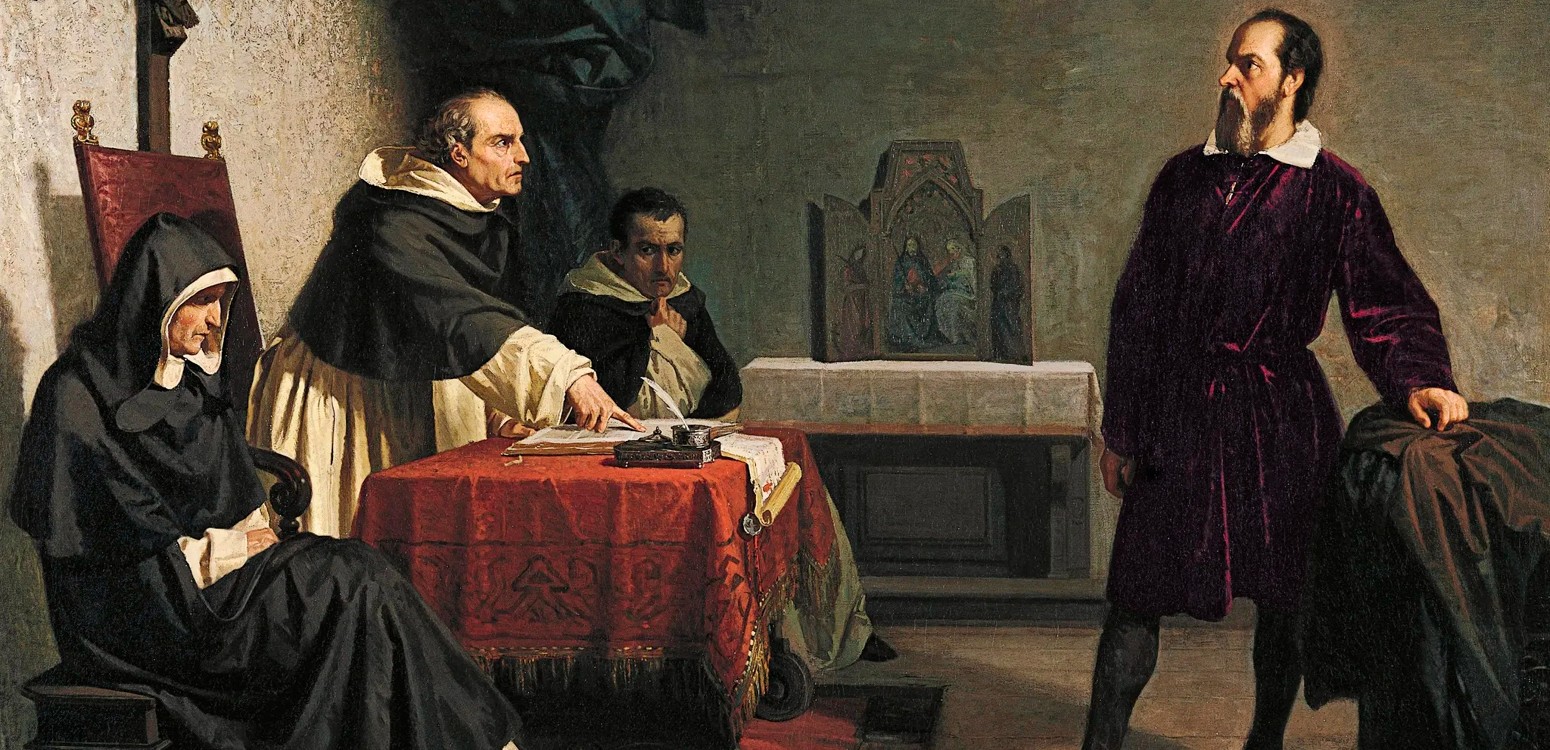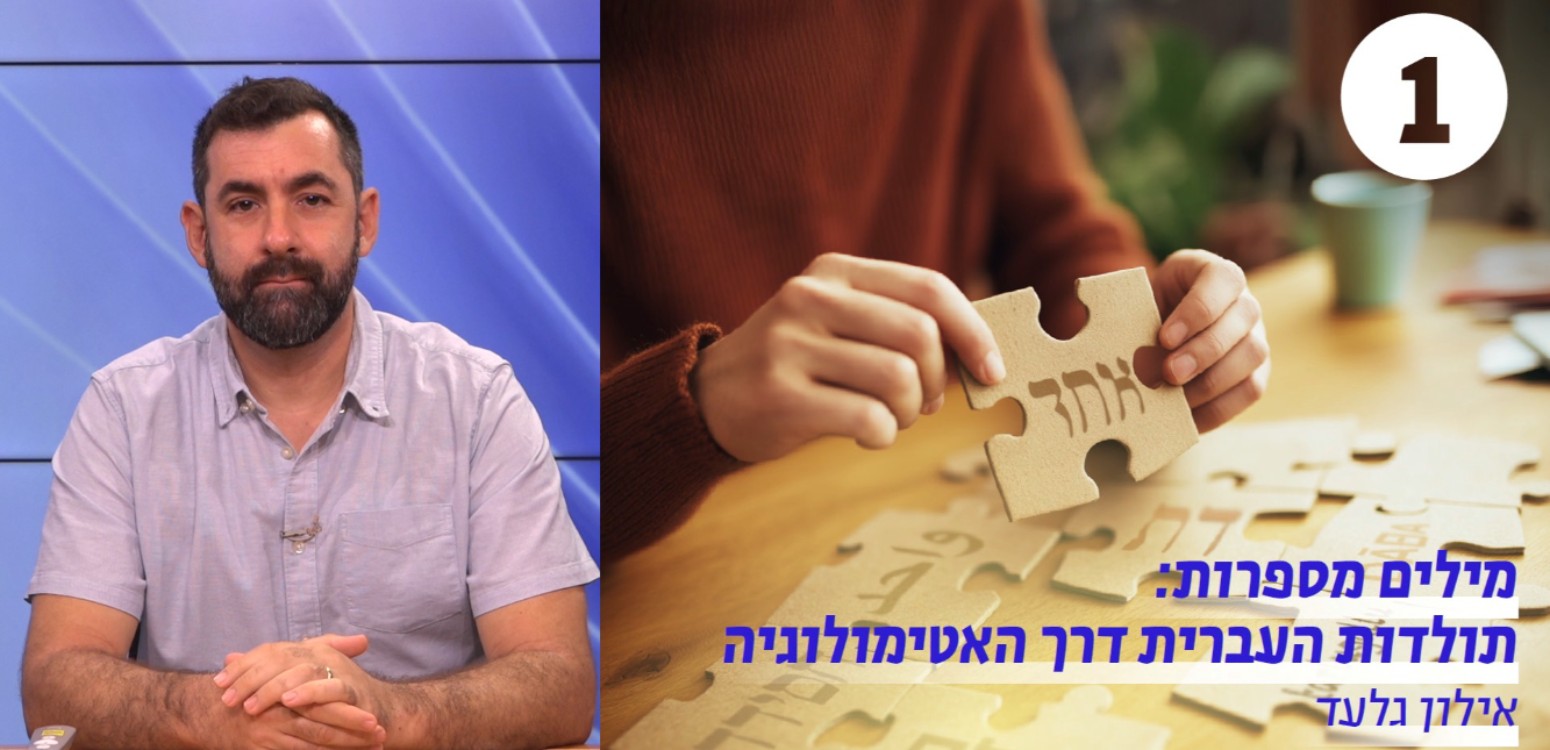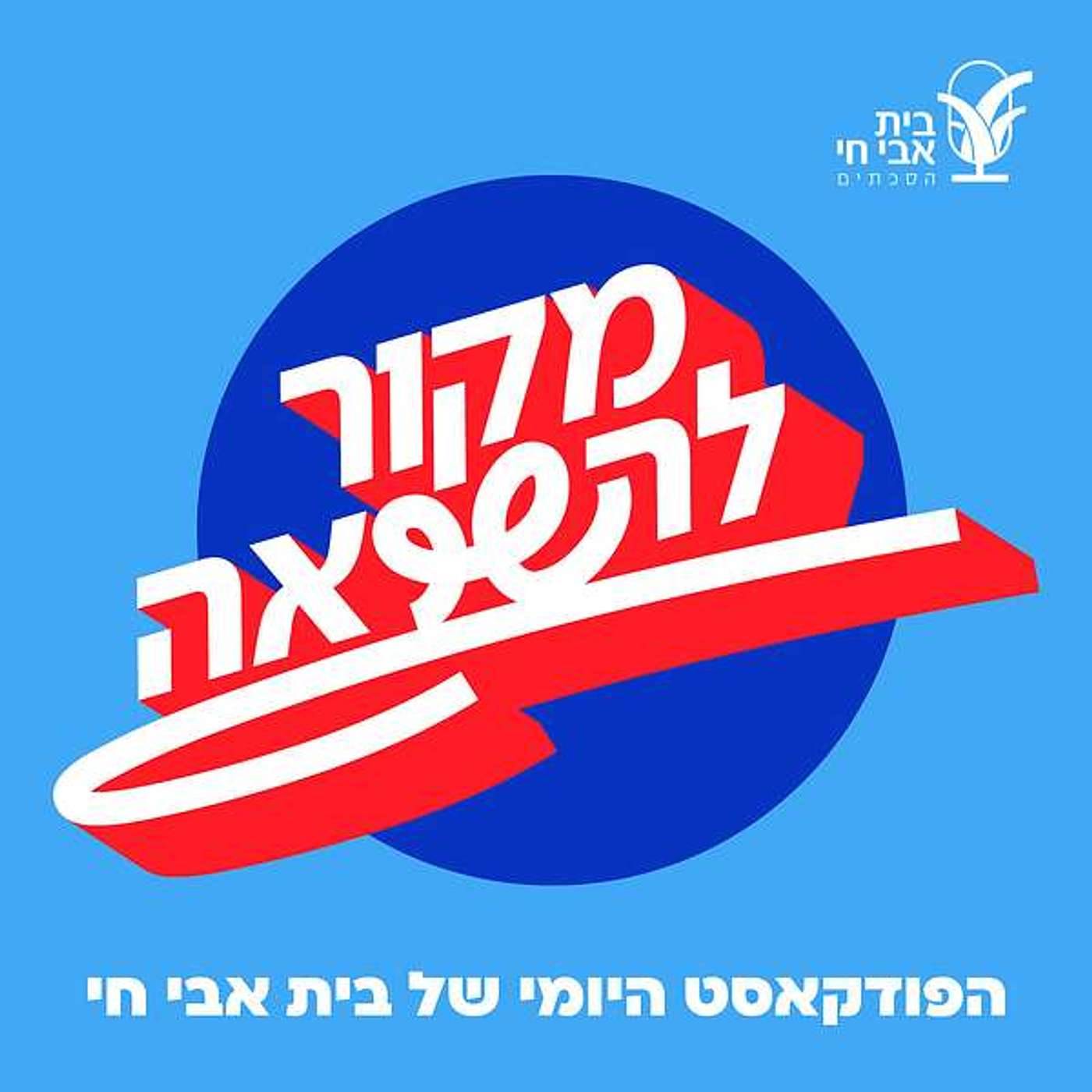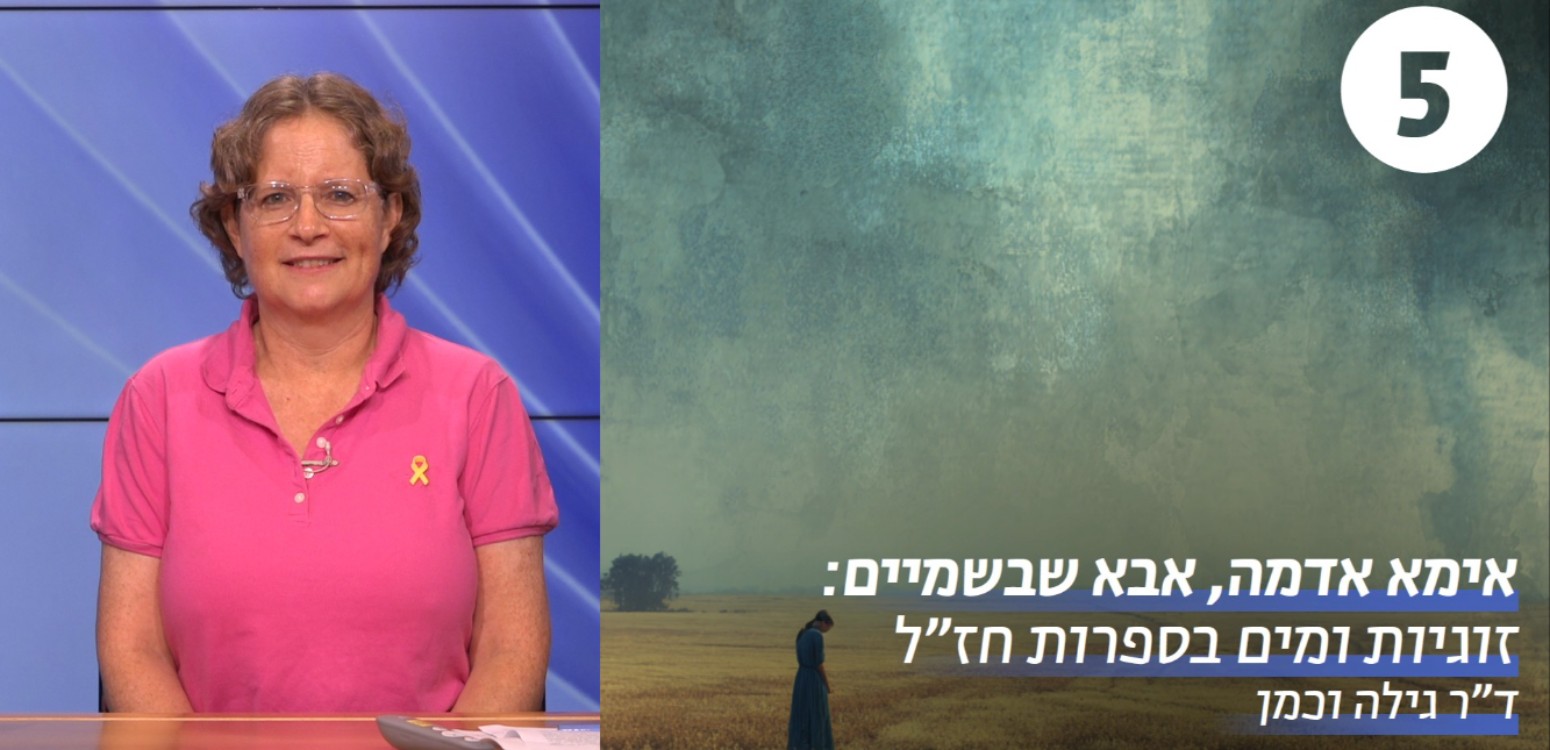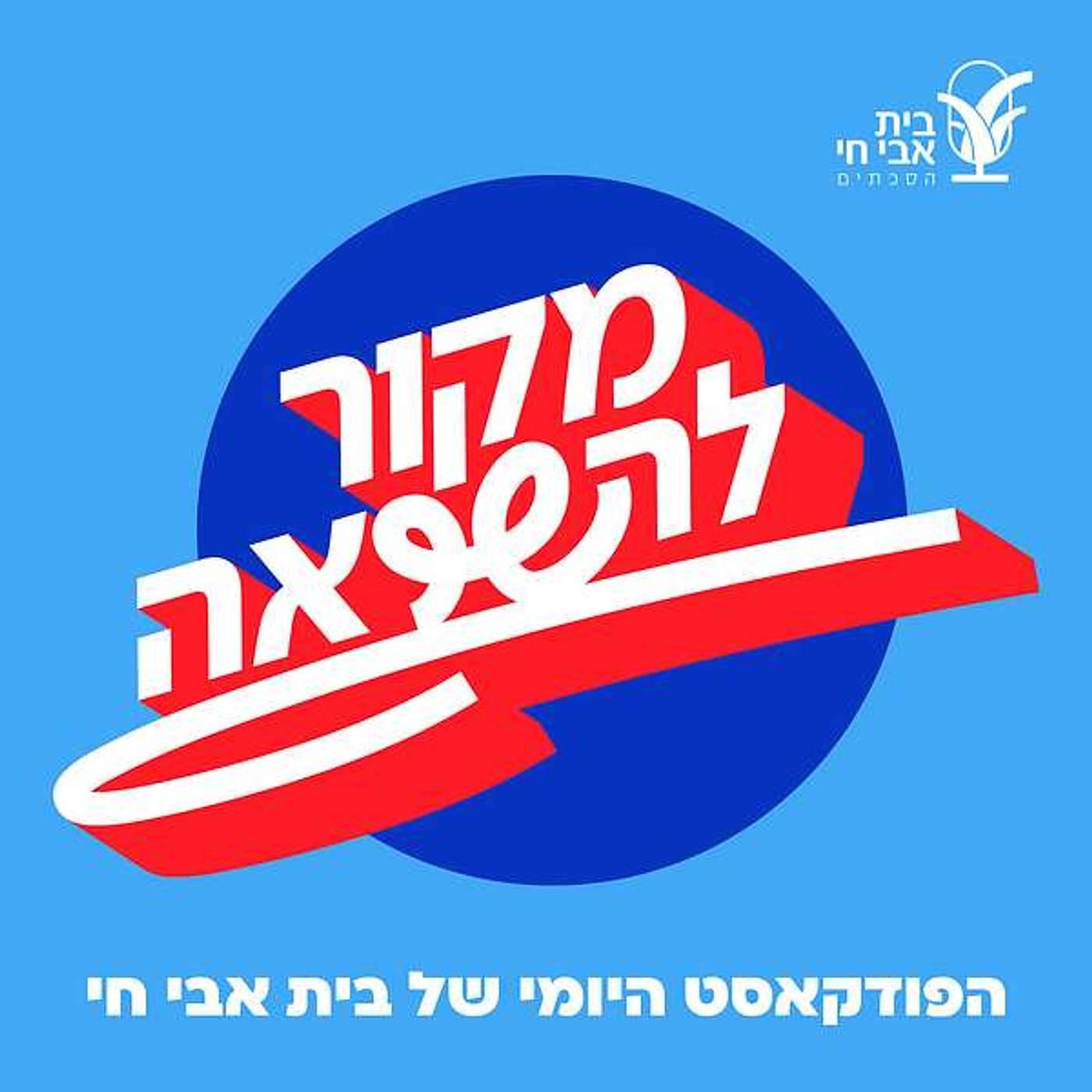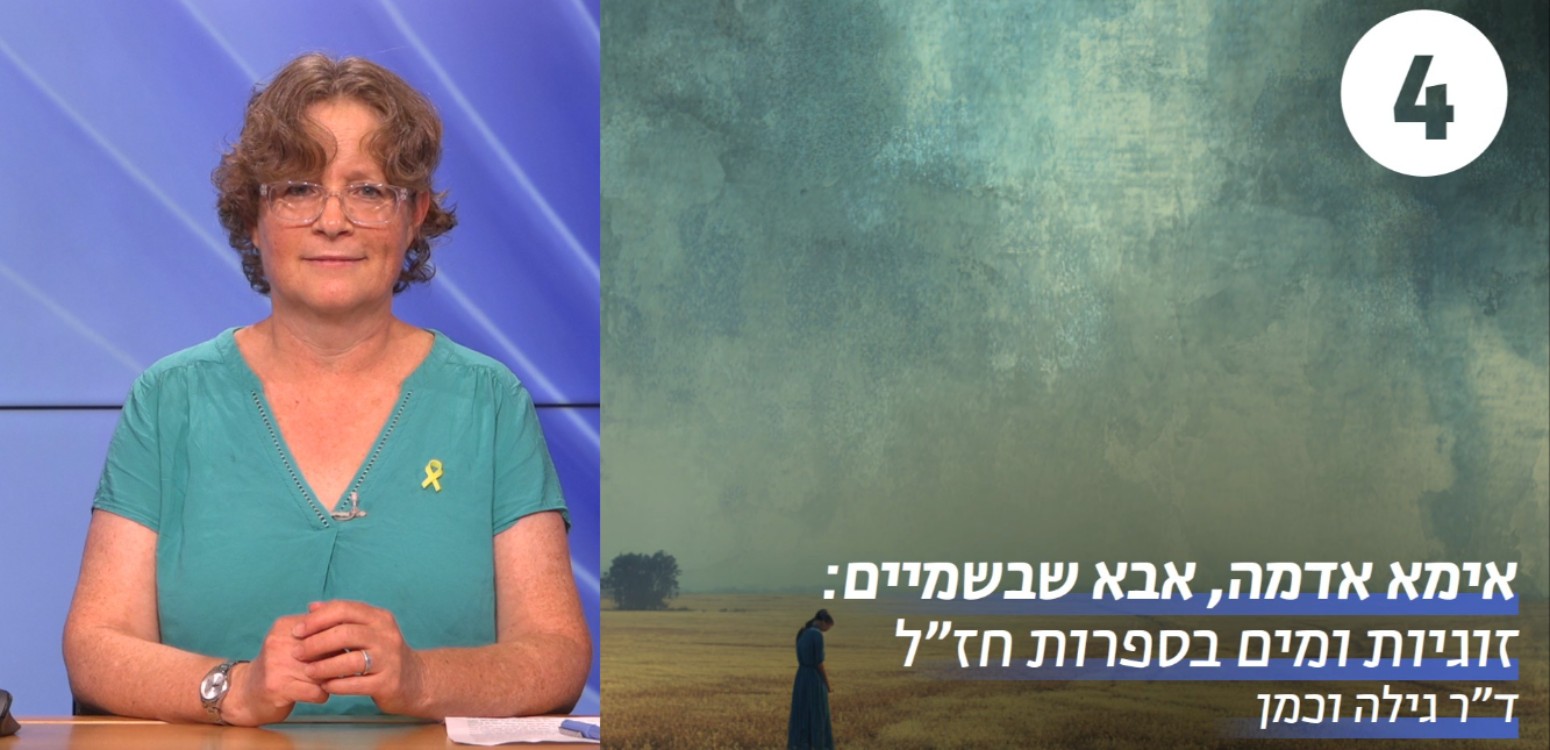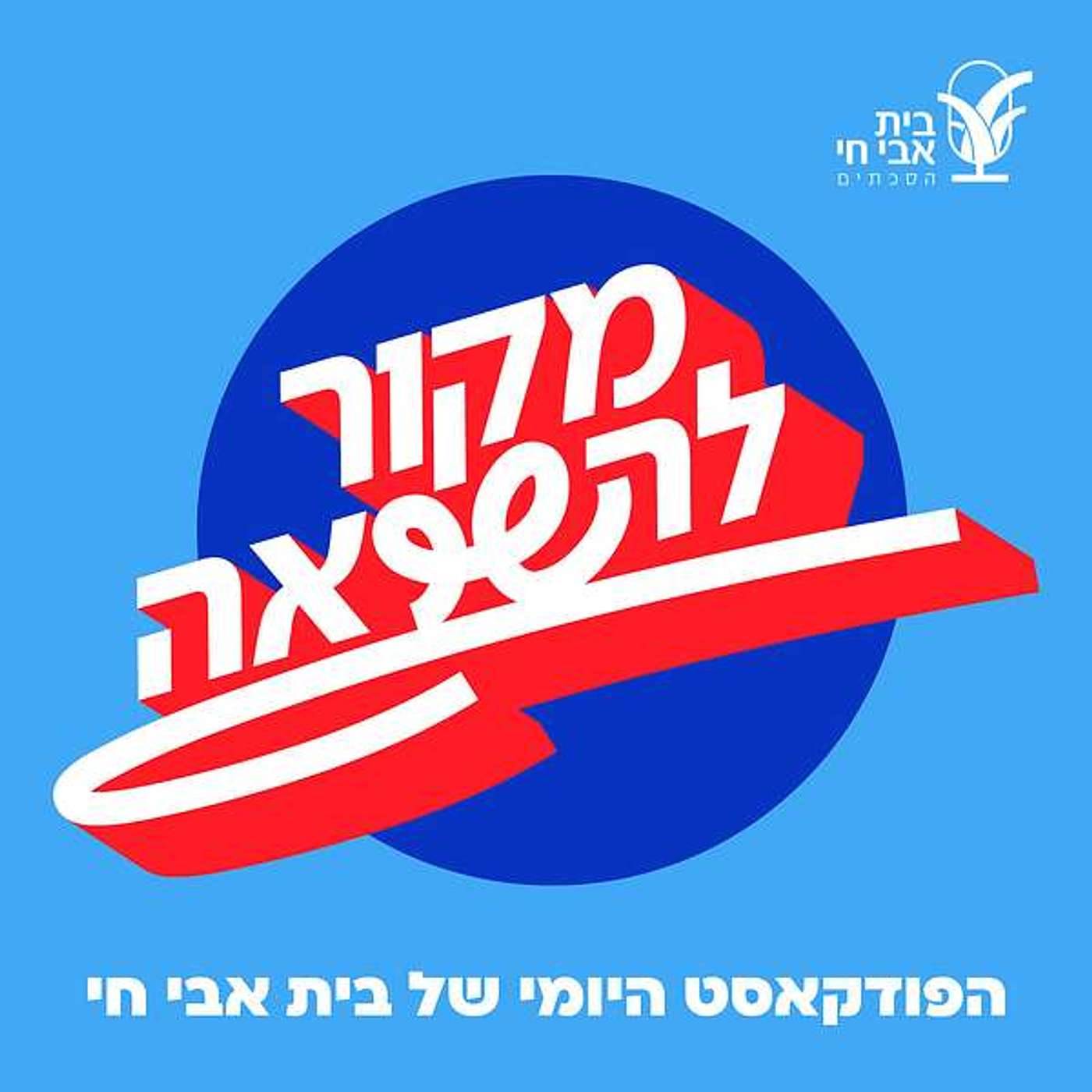For many years, boxes containing thousands of photographs and negatives have been waiting in the basement of a home in the Tel Baruch neighborhood of Tel Aviv. No one other than the family even knew of their existence, and few people have heard of the photographer who took them. The collection stored safely in the boxes is impressive by any measure. It includes thousands of photographs of landscapes and people, mainly from the 1960s, taken in Israel and on the photographer’s holidays and working trips to the USA, Paris, and the Far East.
The photographer, Sarah Ayal, who died in 2004, took to her grave a great deal of sensitive security information that still cannot be published, information gathered during her decades of covert work as a photographer for Israel’s security services. However although her professional work is buried deep in inaccessible archives, today, 15 years after her death, a selection of the personal photographs kept in her home are being exhibited to the general public for the first time.
This exhibition is primarily thanks to great-grandson Itai Rosenne-Singer, the son of Ayal’s granddaughter Dafi. A few years ago, while still in high school, Itai showed his great-grandmother’s works in a photography class. His teacher, Dorit Wasserstrum, expressed considerable interest in the photographs he brought to school. She quickly understood that she was looking at a treasure – a talented but unknown photographer, and began to investigate and learn more about her.
Her enthusiasm swept up the whole family. As a result, in 2010 some of Ayal’s works were published in an article by Zeela Kotler in Globes. In 2019 additional biographical details were published, together with another selection of photographs, in an article by this writer in the Weekend Gallery Supplement of Ha’aretz.
Sarah Ayal was born in 1915 into the Hartman family, a wealthy middle-class family, in Presov, eastern Slovakia, in the foothills of the Tatra Mountains.
She was the youngest of four children. Her father Jeremiah (Julius) managed a factory producing spirits and plum liqueur. Her mother, Julia nee Rosenbaum, was a housewife. Her father died in 1929, and so was spared the fate of many other members of his family: Sarah’s mother was killed in Auschwitz, and her sister, Rosa Engelmann, her husband and her children were also killed during the Holocaust. In the documentation that Ayal filled out for Yad Vashem she wrote “gas chambers” on the page of testimony dedicated to her mother. “Apparently typhus”, she wrote on her sister’s page. Another sister came to Mandatory Palestine, while her brother emigrated to Australia.
In 1934, at the age of 18, Sarah married Zvi Salter, a merchant by profession, in an arranged marriage, and went to live with him in Romania. Her husband’s family had a brick and tile factory there, the largest in the Czernowitz region. Their only daughter, Vera, was born in 1935. Five years later, at the height of World War II, the young family fled to Bucharest where they waited for permits to immigrate to pre-state Israel. They later immigrated legally, through Turkey, and settled in Ruppin St. in Tel Aviv.
The couple’s relationship quickly foundered, and in 1942 they divorced. It was a difficult divorce. The family says that the father did not keep up his obligation to take care of his daughter. Mother and daughter moved to live with childless relatives. The father, for his part, fell in love with another woman and left the country. From that time on he had no connection with his family.
In Israel, Sarah changed her surname to Ayal. In 1948 she began studying drawing and photography, eventually deciding to dedicate herself to photography. Her teacher was Walter Kristeller, a German Jew, who taught graphics and photography at the Bauhaus School of Art and Design, and in Germany was a photographer at Babelsberg Studios, where he worked with the director Fritz Lang (“Metropolis”), among others. In 1933, with the rise of the Nazis, he moved to pre-state Israel and set up a cinema production company called Tekufa. Among other things, he filmed and directed propaganda films for the Jewish National Fund, including “Emek Zevulun”, “From Wadi Hawarit to Emek Hefer”, and “Hope for the Children”, as well as advertising films.
In the darkroom of his home in Mapu St. in Tel Aviv, Ayal experimented
with the style of the Hungarian-Jewish artist László Moholy-Nagy, father of the “New Vision” movement in photography, which focused on looking for new shapes using advanced technological means, in the context of a new social order.
At the same time, Ayal began working in the photography darkroom of the Pri-Or PhotoHouse, at 30 Allenby St. in Tel Aviv. This renowned Tel Aviv institution was established in 1940 by Czech Jews Rudi and Miriam Weissenstein, and exists to this day. In its glory days it attracted families wanting studio portraits, as well as famous personalities, politicians and army officers, coming for their official photographs. Today, under the management of Peter, the grandson of Rudi and Miriam, the shop specializes in selling nostalgic photographs of life in Eretz Yisrael.
1952 saw the start of the most significant professional chapter in Ayal’s life, when she began working as a photographer for the security services. Very little is known of her activities in this field, and not everything that is known can be published. During her security work, Ayal gained experience in intelligence and espionage photography, taught photography in the defense establishment, and also made an innovative invention in the field of clandestine photography.
At the start of her career in security she was sent to Paris, where she lived between 1953 and 1959. While living there she met Dr. Meir Rosenne, a young student from Israel, who was working in the Israeli consulate – and later became Israel’s ambassador to France and the United States, and legal adviser to the Ministry of Foreign Affairs, shaping the peace agreement with Egypt. Her daughter Vera, at the time a soldier in the IDF, was given exceptional permission during the 1950s to visit her mother overseas. During the visit she got to know Meir Rosenne, and after completing her army service she also went to Paris, to study, and later married Rosenne.
Her family says that Ayal did not talk about her clandestine work. Rosenne, who died in 2015, remarked of his mother-in-law that “she never said a word about her work”. “She kept everything inside, didn’t talk about anything”, said her daughter Vera.
Nonetheless, one time she deviated from her custom and actively included her daughter in her work. “One afternoon she was sent to a bar to photograph someone”, Vera Rosenne recalls. Not finding a partner to accompany her, she asked permission to bring her daughter along for the mission. “It was a very superior place. We sat down opposite the subject, and she began taking pictures of him from her purse”, she says. “I was very uneasy, with each ‘psst’ of the camera. At some stage I saw that he was looking at me”, she remembers. Afterwards her mother remarked that she had interfered with her work because, according to her, she was “too pretty” and had attracted the attention of the man she was supposed to photograph. From there, the two of them went on to a safe location where Ayal developed the photographs. “She was happy with the results. They came out well. But she was very tense”, says Rosenne.
At the end of her mission in Paris Ayal returned to Israel, and continued her clandestine work. “She was very responsible, meticulous, and caring. Everything was very precise with her”, says Rosenne. “She would work until very late. The work was a pleasure for her. At every turn she saw a challenge.”
On vacation, she travelled around Israel and the world – Europe, the United States, Australia, and the Far East – taking photographs for her own enjoyment. The subjects of her photographs include views, street scenes, portraits, children, and couples in love, in the countries of eastern Asia, in New York and Paris, and in the early days of the state of Israel– the length and breadth of the country, at times of war, on visits to holy sites, in the streets of Tel Aviv and Jerusalem, in the market of Beersheba, the Dead Sea, and more. These are the photographs now on display in the new exhibition at Beit Avi Chai.
In her archive is an album that Ayal called “Other Faces of Israel”. It was made up of photographs that she printed in the darkroom in her kitchen. “In this collection of photographs I tried to capture events reflecting Israeli life. Other faces of Israel, depicting young and old, rich and poor, in moments of joy and sadness, humor and irritation, at work and at leisure”, she wrote there. “The intensity of life results from the force and energy of the historical heritage, and from past and present circumstances, as well as from the homeland, with its Holy City, rocky hills, fertile valleys, and arid desert. But above all, this force derives from a deep, unending belief that God will not fail or forsake them”.
Her photographs are a social landscape, directly documenting the life of the “new Israeli” during the establishment of the state. Through the observation of photographs imbued with the oriental imagery authentic to the place, Ayal leads the viewer on a tour of the new state, flooded with light. Her subjects represent renewal, openness, and release, and express optimism and joie de vivre. “Her style is considered to be advanced artistic avant-garde, based on the basic, pure elements of photography”, Wasserstrum wrote about her.
Photographer Ariel Yanai, head of the photography department at the Camera Obscura School of Art in Tel Aviv, found in her pictures “sensitivity to everyday life, looking to contemporary view like a time capsule”. According to him, “it is also clear that she had a good sense of distance and perspective: she knew where to stand when taking the picture, and so, in a different way in each photograph, was able to involve the viewer more in the situation she was photographing, or offer a more distant view in which the surroundings are more present, and the human presence is incorporated in them.”
Her work is influenced by the idea of the “decisive moment” developed by Henri Cartier-Bresson. “A photograph is not like a painting. There is a creative fraction of a second when you are taking a picture”, said Cartier-Bresson in an interview to the Washington Post in 1957. “Your eye must see a composition or an expression that life itself offers you, and you must know with intuition when to click the camera. That is the moment the photographer is creative.”
In an obituary of Cartier-Bresson published by the newspaper on his death in 2004 (the same year that Ayal died), he was quoted as saying: “In photography you have to be quick, quick, quick, like an animal after its prey.” Like Ayal, he too contributed his photographic talent to the army – first the French army, during World War II, and later the American army taking part in freeing Europe from Nazi conquest.
However unlike Cartier-Bresson, despite – or perhaps because of – the fact that she worked for many years as a photographer for the security services, Ayal was unable to gain publicity for her artistic photographs and leave a mark on the local photography scene. Another contributing factor may have been that she was a women in a profession considered at the time to be the domain of men.
She did succeed in selling and publishing a small number of her photographs, but not on a scale that would gain her renown. For example, in 1952 Life magazine published a very amusing photograph of a sheep and a pelican, documented by Ayal at the Institute of Biology in Haifa, which later became the Haifa Zoological Gardens. Her plan to publish her own book of photographs also did not go well. “She found someone who was very impressed by her photographs and wanted to publish them, but the deal eventually fell through. She sent photographs to the United States and France, but nothing much came of it”, says Vera Rosenne.
Photographer Guy Raz, curator of photography at the Eretz Israel Museum, sees in Ayal a missed opportunity. “The interesting aspect of the story of Sarah Ayal may actually be the fact that she missed the opportunity to be a significant photographer in the dialogue of photography in Israel, which was not blessed with an abundance of women photographers at that time. As someone who studied photography with Walter Kristeller, a Bauhaus graduate, and worked at the PhotoHouse, she should have developed into a central figure in the local photography scene.” And yet, according to him, “her transition to working with the army and state institutions meant her artistic pretensions were left behind.”
“In her wonderful collection of pictures, one can see the superior qualities that characterized the period before the digital age”, says photographer Daniel Tchetchik, editor of the Ha’aretz photoblog. According to him, “by contrast with many photographers today, whose ways of observation are led by the consideration of what will produce the most likes and the greatest response, Ayal had no great desire to create sensations in the frame – just to photograph life as she saw it, at eye level, with romance and a quiet, true melody, like the soundtrack of the film of life.”
Her photographs also reflect the spirit of photographer and curator Edward Steichen’s “Family of Man” exhibition in 1955, focusing on photographs of people around the world, smiling or in pain, from birth to death. Alongside this it is also possible to see the influence of nature photographer Peter Merom, winner of the Israel Prize for photography, who documented the landscapes of the country.
Ayal’s granddaughter says of her grandmother that for most of her life she lived in Tel Aviv, on her own. Although her photographs show a clear love of mankind, Dafi Rosenne-Singer says that she did not have friends, and was a closed person. Her only acquaintances were work colleagues. “It was grandmother and the camera. She was closed off, and did not believe in people. She was very survival-oriented, she told me to make sure I had a career and a livelihood, and never to be dependent on anyone. That was her motto. She said to me: ‘Don’t let any man manage you’. For her, children were a waste, a kind of giving up on life. Each time I became pregnant I was embarrassed to tell her.”
Rosenne-Singer, who has three children, adds that “she wasn’t a feminist, in the way that is usual today. But she was a very independent woman, who believed in her capabilities as a woman. She was quiet and modest, but when you look at her you felt tense, because you understood that you couldn’t say anything beyond the truth. It wouldn’t help, she would understand.” In her grandmother, she says, “there was a significant element of sadness, even though she knew how to enjoy life. She ate the best preserves, drank the best hot chocolate, and wore the best quality clothes.”
After her divorce Ayal had no other personal relationship, and did not establish a new family. At the same time, hidden among her albums is evidence of a possible romance in the course of the years. A number of her photographs document the sculptor Joseph Teger in his home in Jaffa. Her estate even included a sculpture that he gave her as a gift. “I suspected, but I did not know”, says Vera Rosenne, when asked whether there was a romantic connection between the two. “He was very depressive. She was not. But she had difficult periods, I can’t say that she didn’t”, she adds.
Teger, who immigrated from Bulgaria, lived in a small apartment in Simtat Hamazalot, in Old Jaffa, and suffered from troubled mental health. He committed suicide in 1992. “During his life Teger never lifted a finger to publicize himself, without which nowadays no few artists, whose stature is not in doubt, are doomed to be swallowed up in the collective amnesia", as the writer and artist Amos Aricha said in his eulogy.
Ayal was also not good at publicizing herself, and in fact, even in her artistic photographs, traces of her covert intelligence work can be found. For example, she chose to take some from a concealed place, without her subjects knowing that she was documenting them. But more than that, as noted, what stands out is her love of humankind - whether a fruit seller in the Beersheba market, an Arab woman carrying her child in the Old City of Jerusalem, an elderly couple on the banks of the Yarkon Stream in Tel Aviv, girls wearing bikinis on the Tel Aviv seashore, little girls in Jaffa, or a boy in Acco.
Until the age of 72 she worked as a photographer for the security services. “They extended her contract even after retirement age, and asked her to stay longer. She agreed, because she felt that she could and she wanted to”, says her daughter Vera Rosenne.
On her tombstone, in the Har Hamenuchot Cemetery in Givat Shaul, Jerusalem, it is written that she was “a woman of noble spirit, modest in her ways”, and that “she contributed a great deal to Israel’s security”. These two sentences – on her modesty and on her covert work – may explain why she did not break through into public awareness, despite her artistic talent.
Ofer Aderet, Ha’aretz History Correspondent


